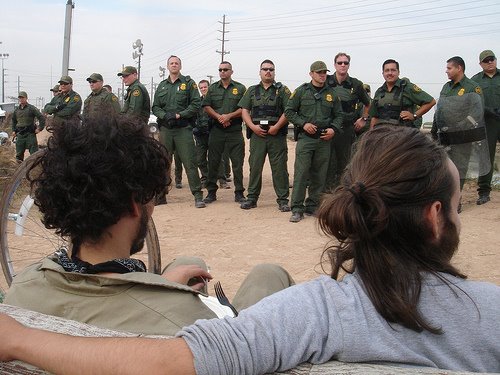By NINA BERNSTEIN
Published: December 26, 2008
CENTRAL FALLS, R.I. —
Few in this threadbare little mill town gave much thought to the Donald W. Wyatt Detention Facility, the maximum-security jail beside the public ball fields at the edge of town. Even when it expanded and added barbed wire, Wyatt was just the backdrop for Little League games, its name stitched on the caps of the team it sponsored.READ MORE: http://www.nytimes.com/2008/12/27/us/27detain.html?_r=2[...]
In this mostly Latino city, hardly anyone had realized that in addition to detaining the accused drug dealers and mobsters everyone heard about, the jail held hundreds of people charged with no crime — people caught in the nation’s crackdown on illegal immigration. Fewer still knew that Wyatt was a portal into an expanding network of other jails, bigger and more remote, all propelling detainees toward deportation with little chance to protest.
If anything, the people of Central Falls saw Wyatt as the economic engine that city fathers had promised, a steady source of jobs and federal money to pay for services like police and fire protection. Even that, it turns out, was an illusion.
Wyatt offers a rare look into the fastest-growing, least-examined type of incarceration in America, an industry that detains half a million people a year, up from a few thousand just 15 years ago. The system operates without the rules that protect criminal suspects, and has grown up with little oversight, often in the backyards of communities desperate for any source of money and work.

No comments:
Post a Comment